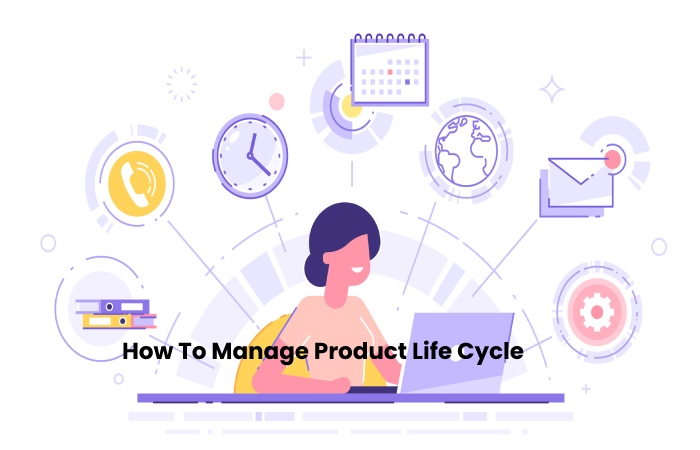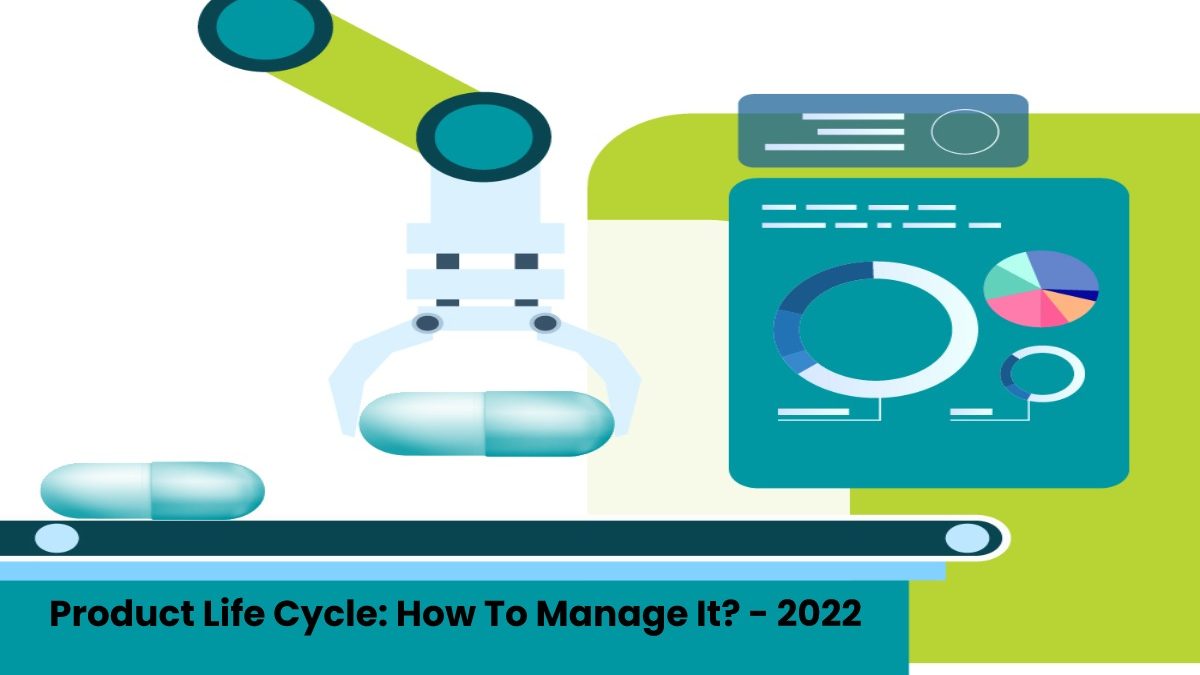How To Manage Product Life Cycle

The product life cycle is a trade item’s process from conception to exit from the market. The cycle determines the five stages: development, introduction, growth, maturity, and decline.
According to the famous saying, nothing is forever. It is well identified by many companies who have sought intelligent ways to extend the life cycle of the product they sell and make them stay on the market longer.
In the end, people will always want more whole and efficient products. They are often even willing to pay a higher price to acquire something that better solves the need or problem.
Due to these and other factors, constant innovation is key to the survival of products, but how to extend their existence and prevent them from disuse?
Share of the answer to this question lies in the actions that allow for managing the product’s longevity and adapting it to the client’s needs.
The construction of a Marketing narrative that educates the market and the investment in technological advances, for example, are initiatives that renew the usefulness of what a company sells.
What is a Product life Cycle?
The question may sound obvious, but it is essential to think about the definition of a product to understand what it requires to not fall into oblivion.
According to the marketing mix concept introduced by Philip Kotler, a product is a good intended to satisfy the needs, intentions, or problems of a consuming market.
The Definition Encompasses Many Kinds Of Items.
- chairs,
- candy packs,
- cellphones,
- Computer programs,
- and many more.
There Are Many Product Types, But Some Attributes Put Them In The Same Category.
One of them is materiality. The product user will always be able to interact with a product through the senses, directly influencing the purchase decision.
If you want to buy a book, for example, your eyes will assess the visual quality of the work, while your fingers can feel the condition of the paper.
It is not possible to perceive service in the same way. When you decide to buy a plane ticket, for example, you are contracting the service offered by the airline. In this case, there is no way to have an accurate idea of the acquisition because it is not an integral and unique asset.
Products also have a lower level of customization than services. A television leaves the factory with features and buttons that all buyers can use. There are no unique versions made for a specific user.
In turn, the services are adapted to an individual client’s needs, offering projects and options adapted to the preferences and possibilities of each buyer.
If you find the comparison between products and services interesting, you can read this article we produced, especially on the subject.
Why do products have cycles?
What would you choose if you had to choose between a typewriter and a computer to write content today? Unless you collect heirlooms, The computer will complete much better for you.
The evaluation of these two products tells us something about their cyclic nature. Until computers emerged, the typewriter was the primary device for writing documents, messages, and texts.
The dynamism of technology meant that electronic information devices naturally replaced typewriters. Consumers became accustomed to the new, more well-organized, and classy crops.
The example makes it clear that a product is not something eternal. Even if it is of high quality and delights its consumers, there is always the possibility that another will emerge and win their trust.
An Arsenal Of Causes Can Lead A Product To Lose Its Vitality In The Market. Here Are Some Examples:
- lack of investment in new functionality or features;
- loss of quality with a news release from the competition;
- price immobility over the years;
- restriction to a single offer modality;
- lack of a good story for the product.
Does every product have a life cycle?
Logic is not only valid for technological products. Do you remember a soft drink or some cookies that were famous in your time and that no longer exist today? Perhaps the production companies needed help to keep up with the evolution of the market and were left behind.
In addition, the consumer plays a central role in this scenario. Any product that is not complete to meet the demands of potential customers is meant for a cruel death.
The Inbound methodology revolutionized the Marketing and Sales market, not only for companies focused on technology.
In our e-book, you will find valuable information on the best tactics to attract potential customers.
Digital tools allow companies to collect relevant information about the demands of their current and prospective customers.
Whether on a corporate blog or an institutional site, landing pages and CTAs are excellent resources for capturing data from users who arrive through a company’s digital channels.
It is worth clarifying that the life cycles of each product change according to many factors, such as these:
Seasonality
Certain products can be beneficial in just one year, shortening their stay in the market. A cap launched in a predominantly hot country will have less longevity than if offered in polar lands.
Originality
The curiosity caused by a product that opens a market category can cause sales to overgrow after launch. If it catches on but fails to meet market demands effectively, it risks quickly going out of business.
Launch Accuracy
In a TED talk, the American investor Bill Gross presented why a startup succeeds and establishes itself in its category.
His research of more than 100 companies concluded that the primary key to conquering the market is to give him what he needs at the perfect moment.
As we said before, new demands arise with each generation, and companies must accompany them.
An excellent example of such successful synchronization is the USB stick. When they emerged, there was a global need to increase data storage capacity. The floppy disk and compact disks were no longer sufficient for the generated volume of information.
Also Read: What Are Pips? How Much Is A Pips Worth, And more


